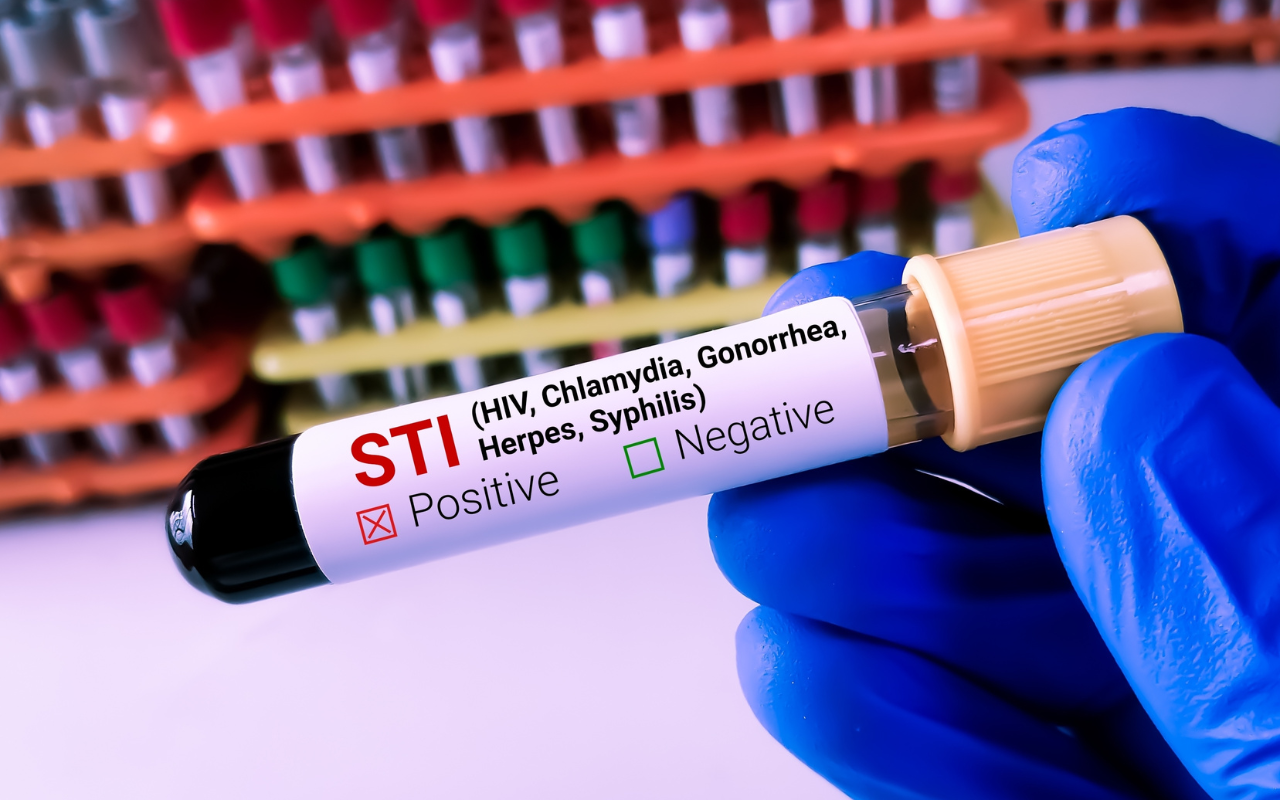A new consensus statement provides guidance on the use of doxycycline post-exposure prophylaxis (doxy-PEP) for the prevention of syphilis, chlamydia and gonorrhoea among gay, bisexual and other men who have sex with men (GBMSM).
The new clinical advice has prompted questions from some experts about a possible increase in antimicrobial resistance and Australia’s ability to monitor the impact of doxy-PEP use.
The statement, from the Australasian Society for HIV, Viral Hepatitis and Sexual Health Medicine (ASHM), explores the use of doxy-PEP for the prevention of syphilis, chlamydia and gonorrhoea among GBMSM.
In Australia, diagnoses of bacterial sexually transmitted infections (STIs), especially syphilis and gonorrhoea, have increased substantially over the past decade, particularly among GBMSM, Dr Vincent Cornelisse and colleagues write.
Dr Cornelisse is the medical director of North Coast Sexual Health and HIV Services at NSW Health and an Adjunct Associate Professor at UNSW Sydney.
“This STI increase has occurred in the context of guideline recommendations for increased STI testing frequency, widespread uptake of human immunodeficiency virus (HIV) pre-exposure prophylaxis (PrEP), and widespread uptake of highly effective HIV treatment that eliminates the risk of onward HIV transmission,” Dr Cornelisse and colleagues wrote.
The consensus statement, published in the Medical Journal of Australia, states that for GBMSM who are at high risk of syphilis and other bacterial STIs, clinicians may consider prescribing doxy-PEP for a limited period.
“Unlike [HIV PrEP], doxy-PEP may not be suitable as a population-level intervention and should instead be used more selectively,” they wrote.
Doxy-PEP involves consuming 200 mg of doxycycline up to 72 hours after a condomless sex act to reduce the risk of bacterial STIs.

Statement welcomed but questions remain
The consensus statement has been welcomed by Sara Bell and Dr Emma Sweeney at the University of Queensland Centre for Clinical Research.
“We commend ASHM on this timely and important statement, with people already requesting or using doxy-PEP, with or without clinical oversight,” Ms Bell and Dr Sweeney wrote in a Perspective published in the Medical Journal of Australia.
“In response, we wish to further emphasise two important considerations for doxy-PEP implementation, notably, the potential threat of increasing antimicrobial resistance (AMR) and the urgent need to implement measures to effectively monitor doxy-PEP use and its impact.”
All Australian governments need to do more to improve surveillance to monitor the impact of doxy-PEP use on antimicrobial resistance, they wrote.
“Surveillance in Australia requires significant enhancements to monitor the impact of doxy-PEP use,” Ms Bell and Dr Sweeney wrote.
“The Australian model of sexual health care delivery, straddling state and Commonwealth providers and multiple unlinked databases, poses significant challenges for accurate surveillance.”
The implementation of doxy-PEP without adequate access to STI testing, including AMR testing and adequate antimicrobial use surveillance systems, warrants increased vigilance, they wrote.
“Favourable for preventing syphilis”
Although doxy-PEP is an effective strategy to prevent bacterial STIs such as chlamydia, gonorrhoea and syphilis among GBMSM, the risk–benefit calculation is most favourable for the prevention of syphilis, Dr Cornelisse and colleagues wrote.
“Of the bacterial STIs, syphilis carries the greatest morbidity among GBMSM, especially among GBMSM living with HIV,” they wrote.
“Recent clinical trials of doxy-PEP have demonstrated significant reductions in syphilis, chlamydia and, to a lesser degree, gonorrhoea among [GBMSM],” they wrote.
Creating the guidelines
Given the high level of interest in doxy-PEP in the GBMSM community, ASHM held a national consensus conference with the aim of creating preliminary guidance for clinicians, community, researchers and policy makers.
“There was broad agreement that doxy-PEP should be considered primarily for the prevention of syphilis in GBMSM who are at risk of this STI, with a secondary benefit of reductions in other bacterial STIs,” Dr Cornelisse and colleagues wrote.
“At the end of the consensus process, there remained some disagreement, as some stakeholders felt strongly that doxy-PEP should be considered only for the prevention of syphilis in GBMSM, and that the risk of increasing antimicrobial resistance outweighed any potential benefit from reductions in other bacterial STIs in the target population.”
Known risk factors for STIs include sexual behaviour history (eg, sex without condoms, casual sex partners, sexualised drug use), current use of PrEP, and HIV-positive status.
STIs have additional implications for GBMSM with cisgender female sex partners or other sex partners with a uterus due to the risk of transmission to these partners.
“In women and other people with a uterus, chlamydia and gonorrhoea can cause pelvic inflammatory disease and associated complications, such as infertility, chronic pain and ectopic pregnancy,” they wrote.
ASHM is developing detailed clinical guidelines and education materials on doxy-PEP for clinicians which will be available here: www.ashm.org.au/doxy-pep.
Read the Consensus Statement in the Medical Journal of Australia.
Read the Perspective in the Medical Journal of Australia.
Subscribe to the free InSight+ weekly newsletter here. It is available to all readers, not just registered medical practitioners.

 more_vert
more_vert